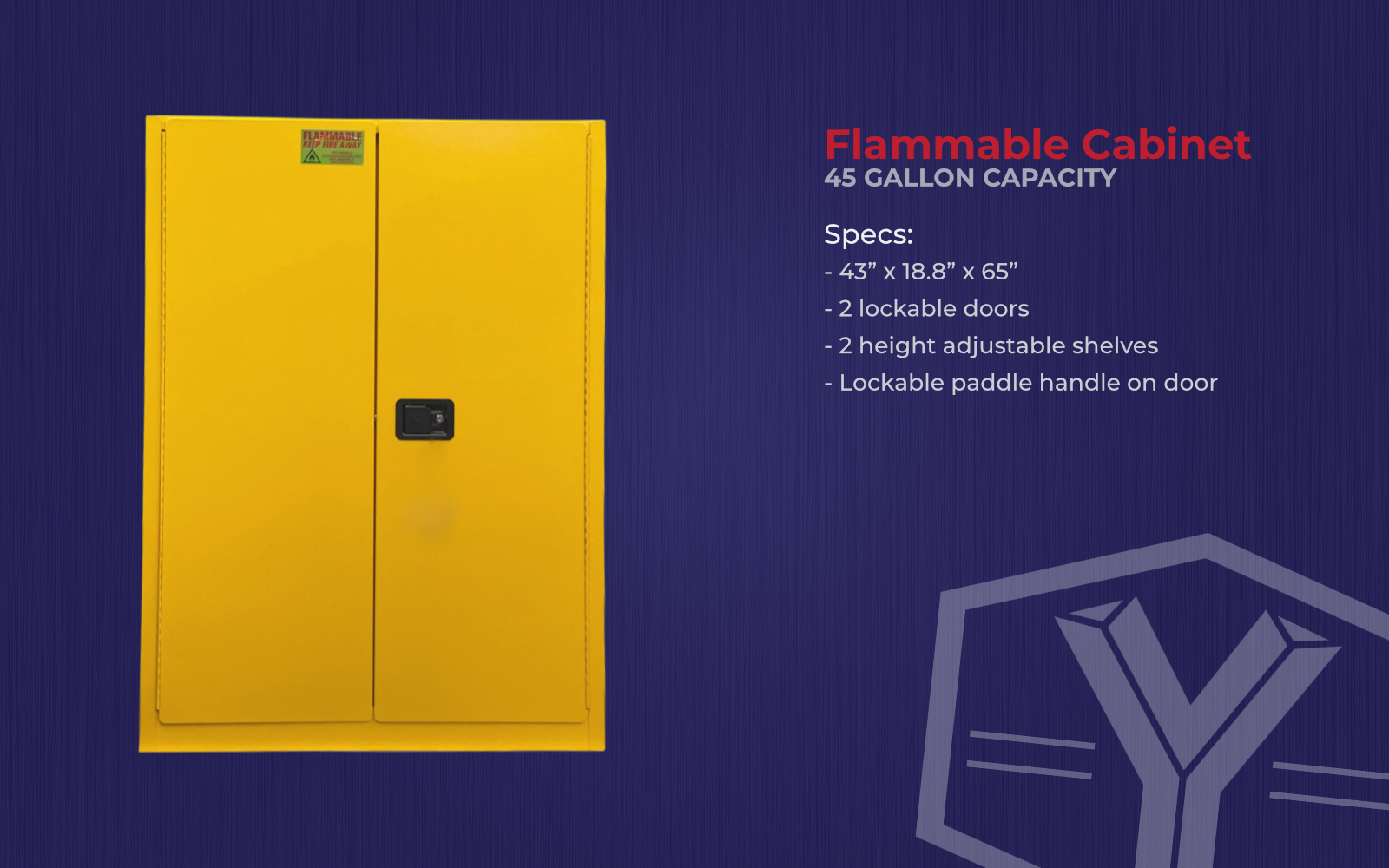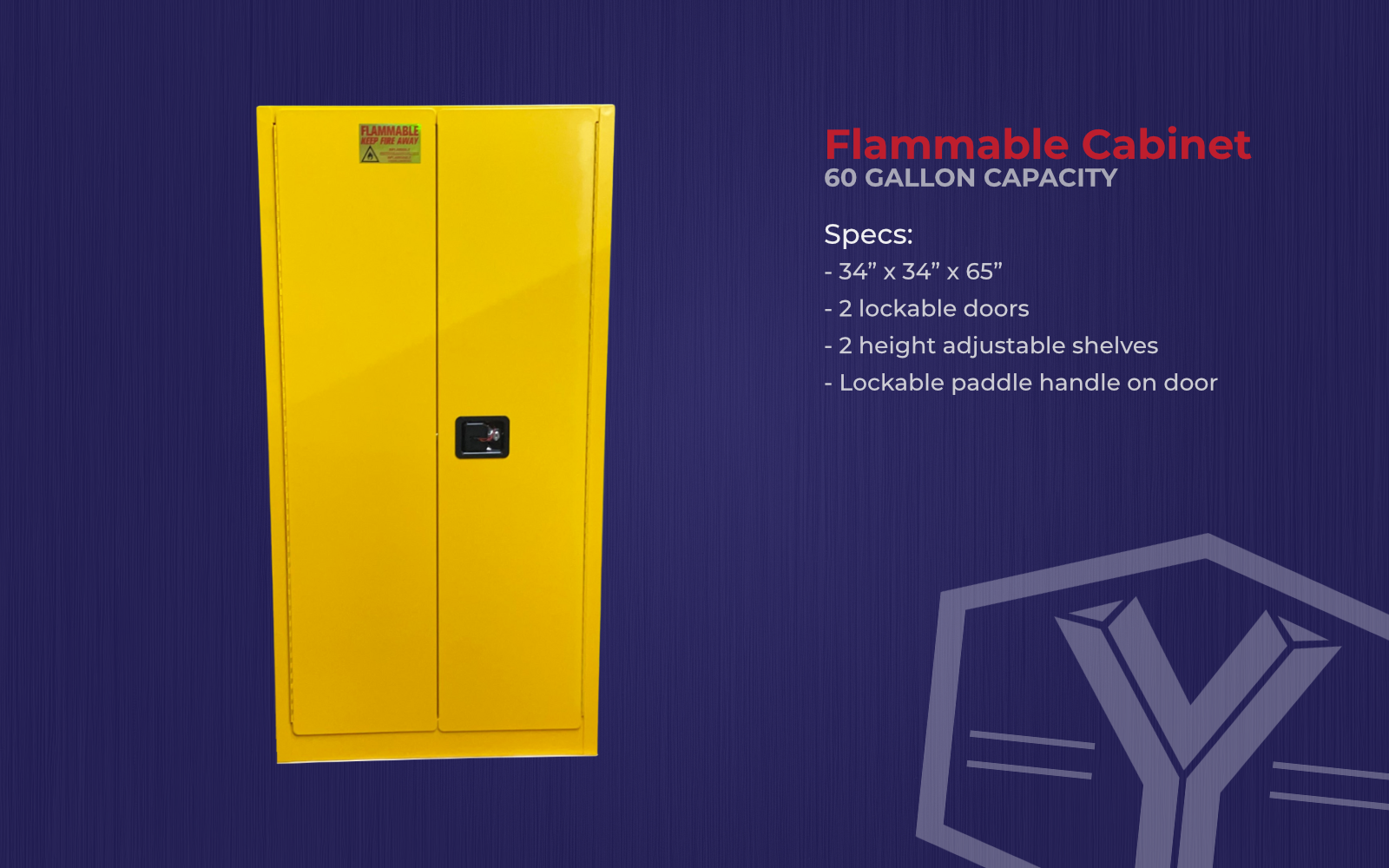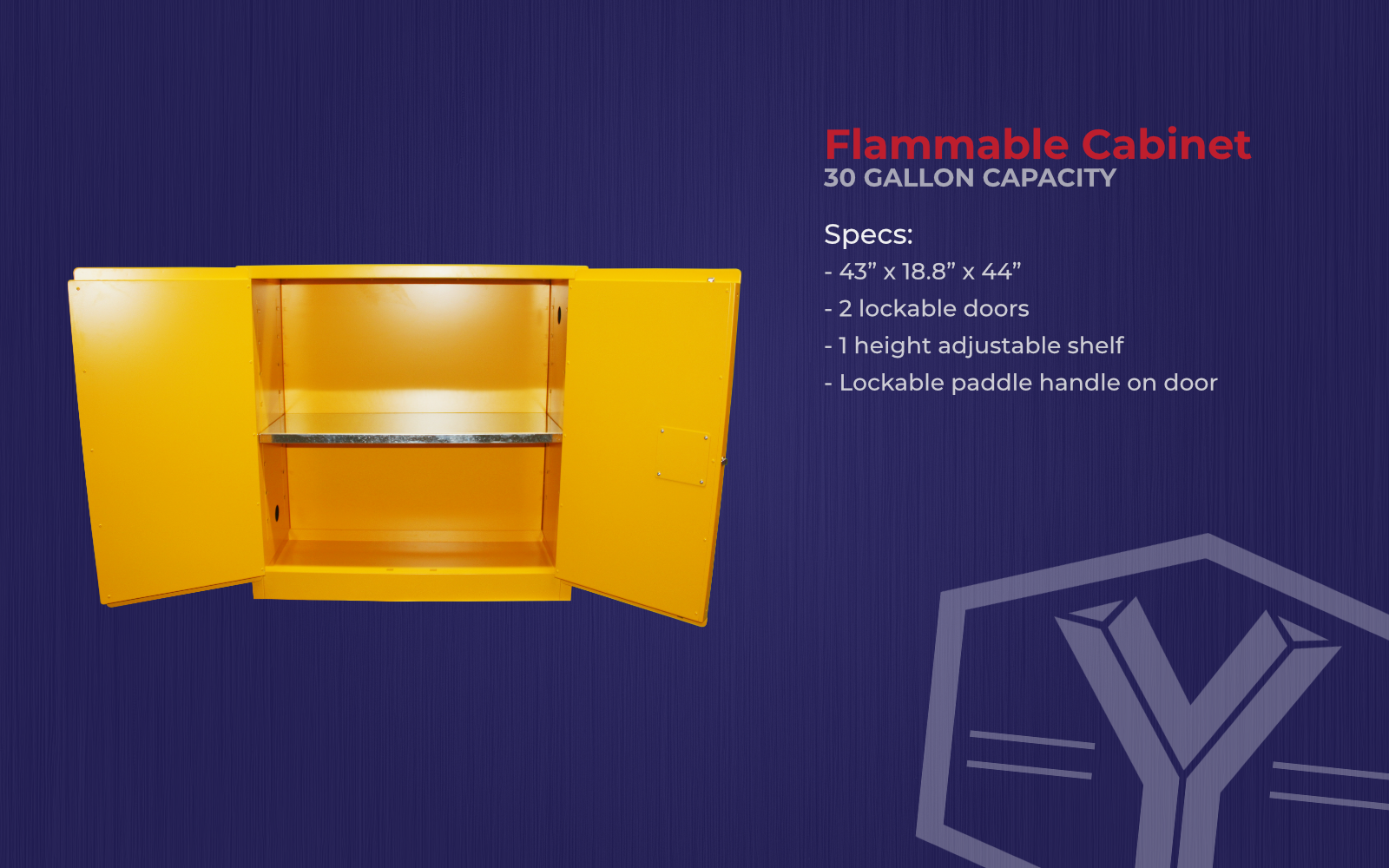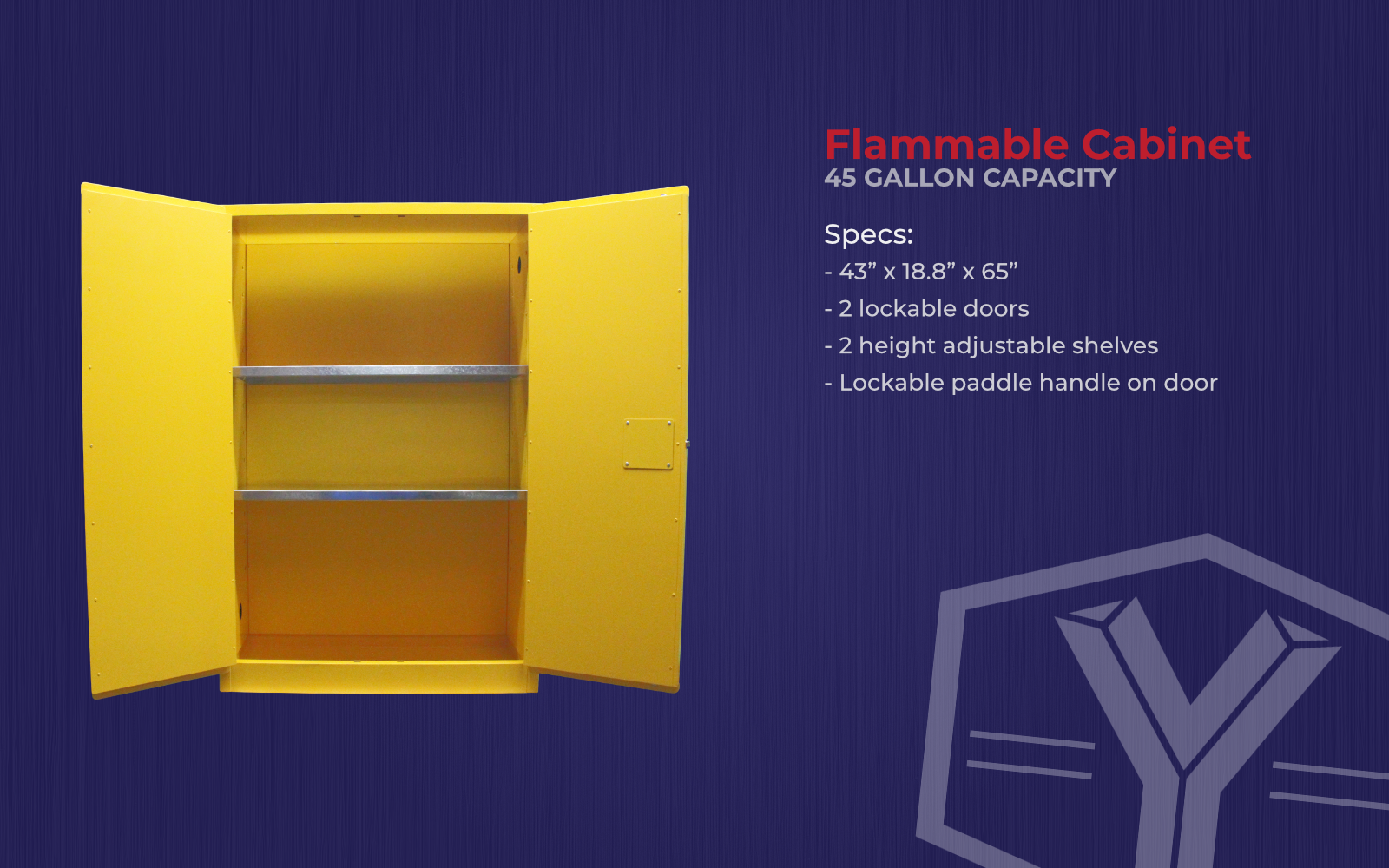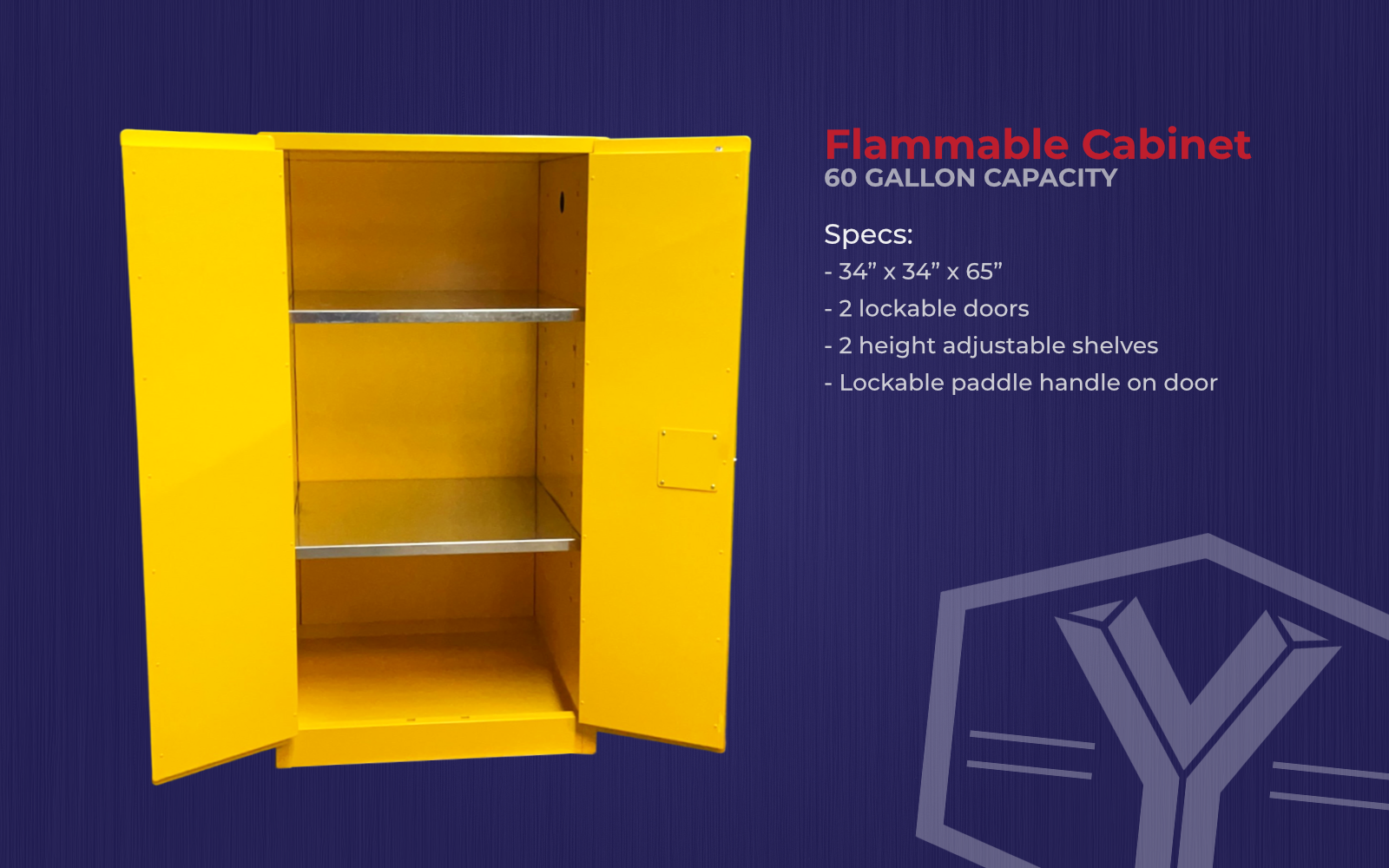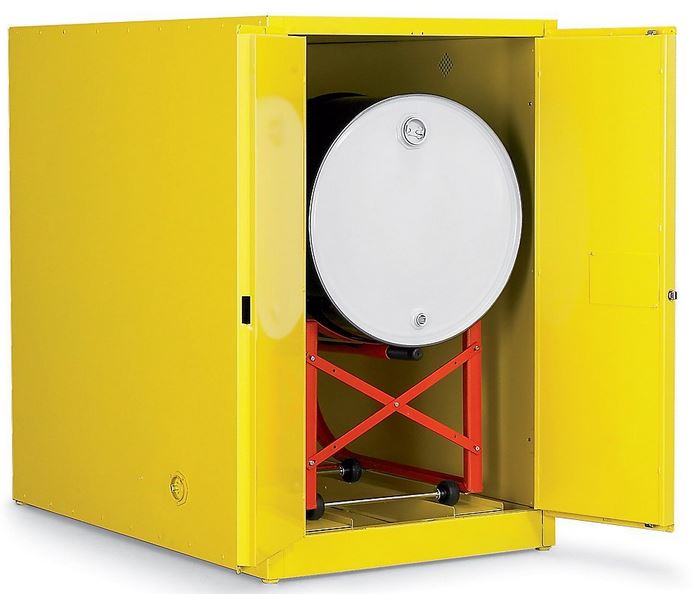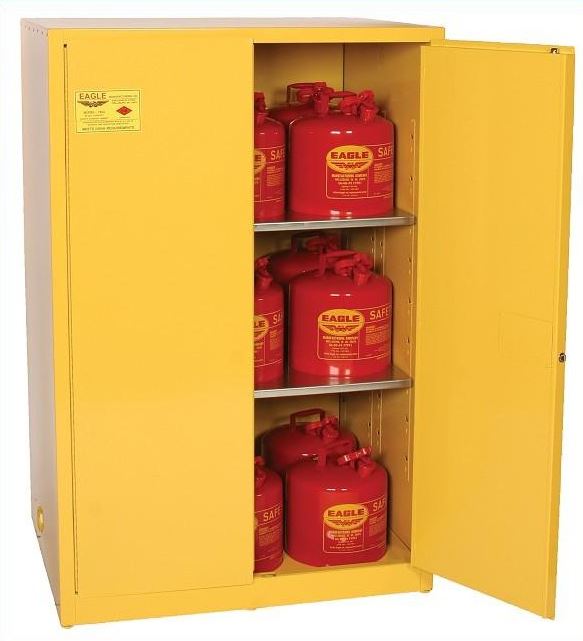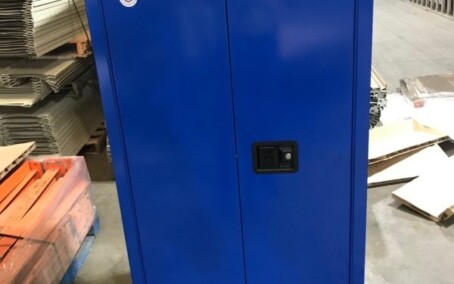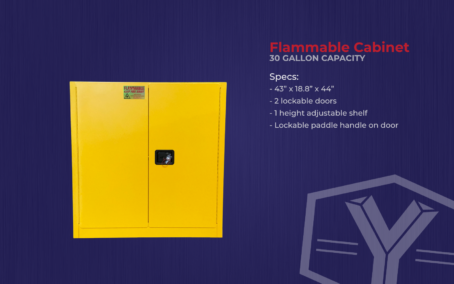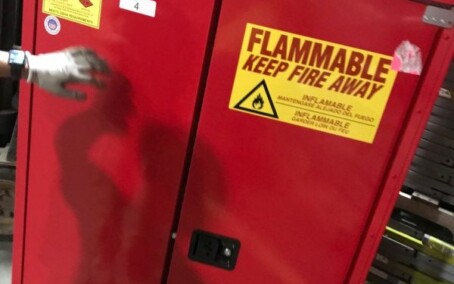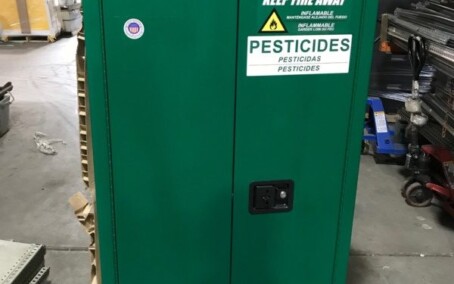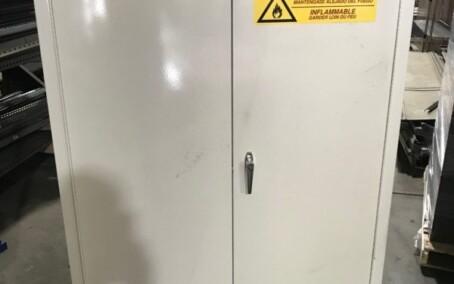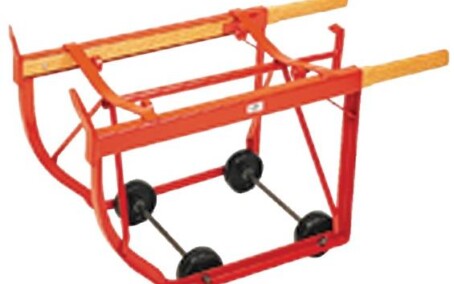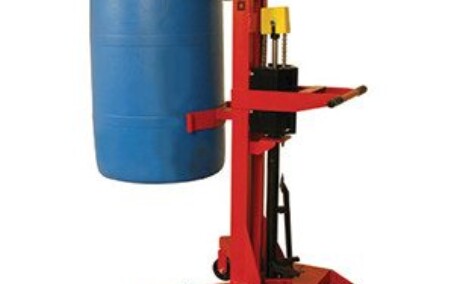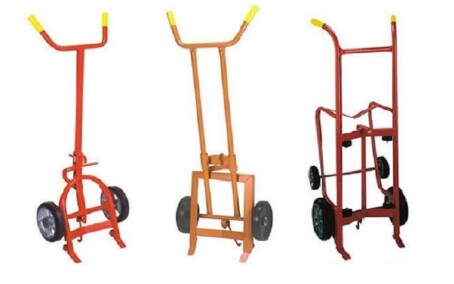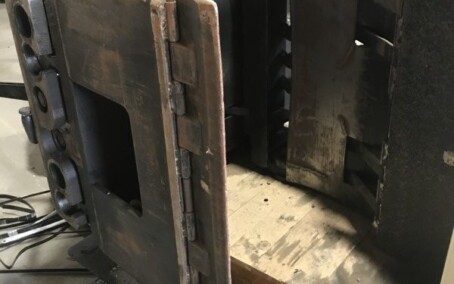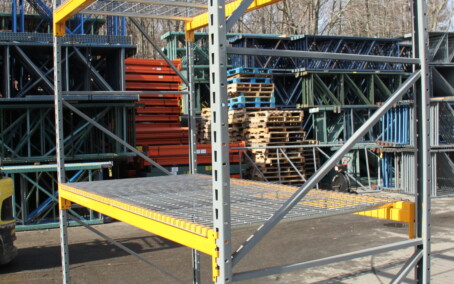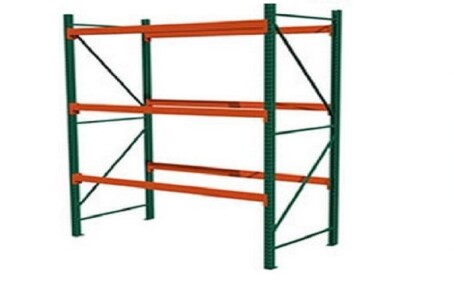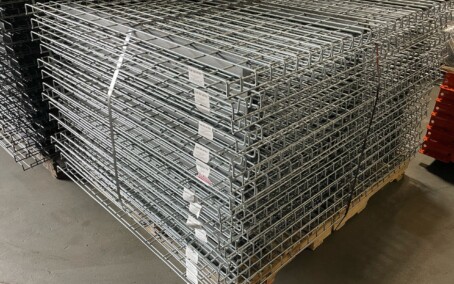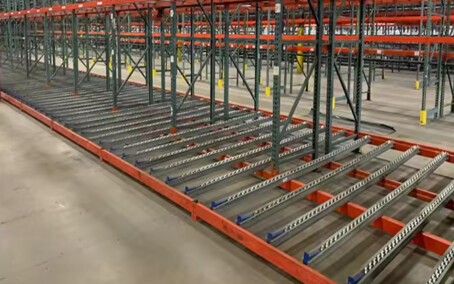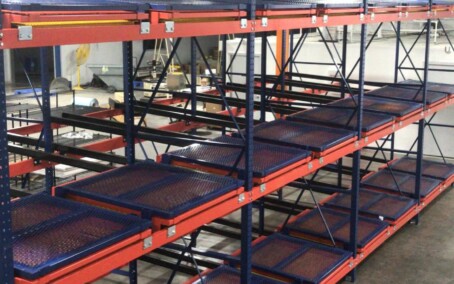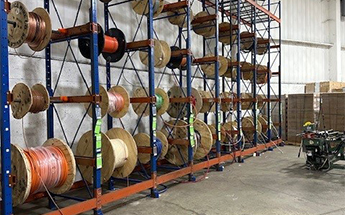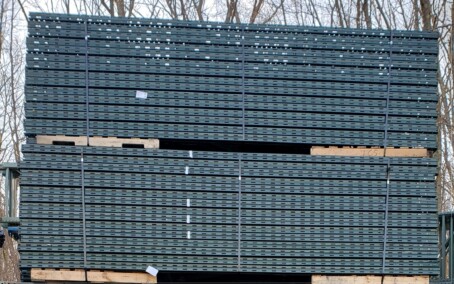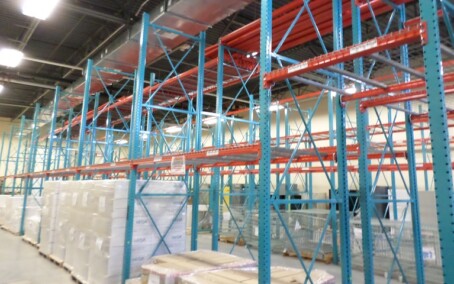Flammable Cabinets FAQ
1. What are flammable cabinets?
Flammable cabinets are specially designed storage units built to safely store hazardous materials, such as flammable liquids, chemicals, or solvents, to reduce the risk of fire or explosion. These cabinets are constructed from fire-resistant materials and are equipped with features like self-closing doors, ventilation, and safety seals to contain fumes and prevent accidental ignition.
2. Why do I need a flammable cabinet?
A flammable cabinet is essential for safely storing combustible or flammable chemicals, paints, oils, solvents, and other hazardous materials. Storing these substances in a designated flammable cabinet helps prevent the spread of fire, minimize exposure to hazardous vapors, and comply with safety regulations such as OSHA and NFPA (National Fire Protection Association) standards.
3. What materials are flammable cabinets made from?
Flammable cabinets are typically made from high-quality steel or galvanized metal, which is reinforced for fire resistance. The interior and exterior of the cabinets are often coated with fire-resistant paint, and the doors usually have a double-walled construction to enhance their ability to withstand heat and prevent the spread of fire. Some models also have additional safety features, such as grounding connections and leak-proof shelves.
4. What is the fire rating of a flammable cabinet?
The fire rating of a flammable cabinet typically ranges from 30 minutes to 2 hours, meaning it can withstand high temperatures for that amount of time without allowing the interior to reach dangerous temperatures. Cabinets are rated by fireproofing standards such as UL (Underwriters Laboratories) or FM (Factory Mutual), which certify the level of protection they offer against fires. Always check the fire rating to ensure it meets the needs of your storage requirements.
5. How much flammable material can a cabinet hold?
The capacity of a flammable cabinet depends on its size and design. Most standard flammable cabinets can store between 20 and 60 gallons of flammable liquids. However, larger cabinets can hold up to 90 gallons or more. The cabinet size you choose should match the volume and types of chemicals you intend to store.
6. What features should I look for in a flammable cabinet?
Key features to consider when choosing a flammable cabinet include:
- Self-closing doors: Automatically close to prevent exposure to flames.
- Ventilation: Built-in vents to allow for air circulation and prevent the buildup of harmful vapors.
- Adjustable shelves: To accommodate different container sizes.
- Locking mechanisms: To prevent unauthorized access.
- Spill containment: Leak-proof, built-in sump trays to catch spills.
- Compliance: Ensure the cabinet meets OSHA, NFPA, and local fire code regulations.
7. Are flammable cabinets required by law?
Yes, in many jurisdictions, regulations require that flammable materials be stored in compliant, secure, and properly labeled containers, such as flammable cabinets. OSHA regulations in the U.S. mandate that flammable liquids and other hazardous materials be stored in cabinets that meet safety standards to prevent accidents and fires in the workplace. Always check local safety regulations to ensure compliance with current laws.
8. Can I store other materials in a flammable cabinet?
Flammable cabinets are specifically designed to store flammable liquids and chemicals. While they can sometimes store other materials such as oils or solvents, it is essential to follow guidelines for storage to prevent hazardous reactions. Avoid storing incompatible materials (e.g., corrosives, acids) in the same cabinet, as they may cause dangerous reactions in the event of a spill or fire.
9. How do I maintain my flammable cabinet?
Maintaining a flammable cabinet involves:
- Regularly inspecting for signs of damage, rust, or wear, especially around the seals and doors.
- Checking the locking mechanisms to ensure they are functioning properly.
- Cleaning the interior to remove any spilled chemicals or debris.
- Ensuring that the vents are clear and free from obstructions to allow for proper airflow.
- Confirming that the cabinet is properly grounded to prevent static buildup.
10. Can flammable cabinets be used outdoors?
While many flammable cabinets are designed for indoor use, some models are specifically built for outdoor environments or areas exposed to weather conditions. Outdoor cabinets are typically made from weather-resistant materials and offer additional protection against rust and corrosion. If you need an outdoor solution, ensure that the cabinet is rated for exterior use and complies with your local regulations.
11. How can Yankee Supply help with my flammable cabinet needs?
At Yankee Supply, we offer a wide range of flammable cabinets designed to meet your storage and safety requirements. Our cabinets are compliant with OSHA, NFPA, and other safety standards, providing a secure and reliable way to store hazardous materials. Contact us today to find the right solution for your business and ensure you’re fully equipped to handle flammable storage safely.


